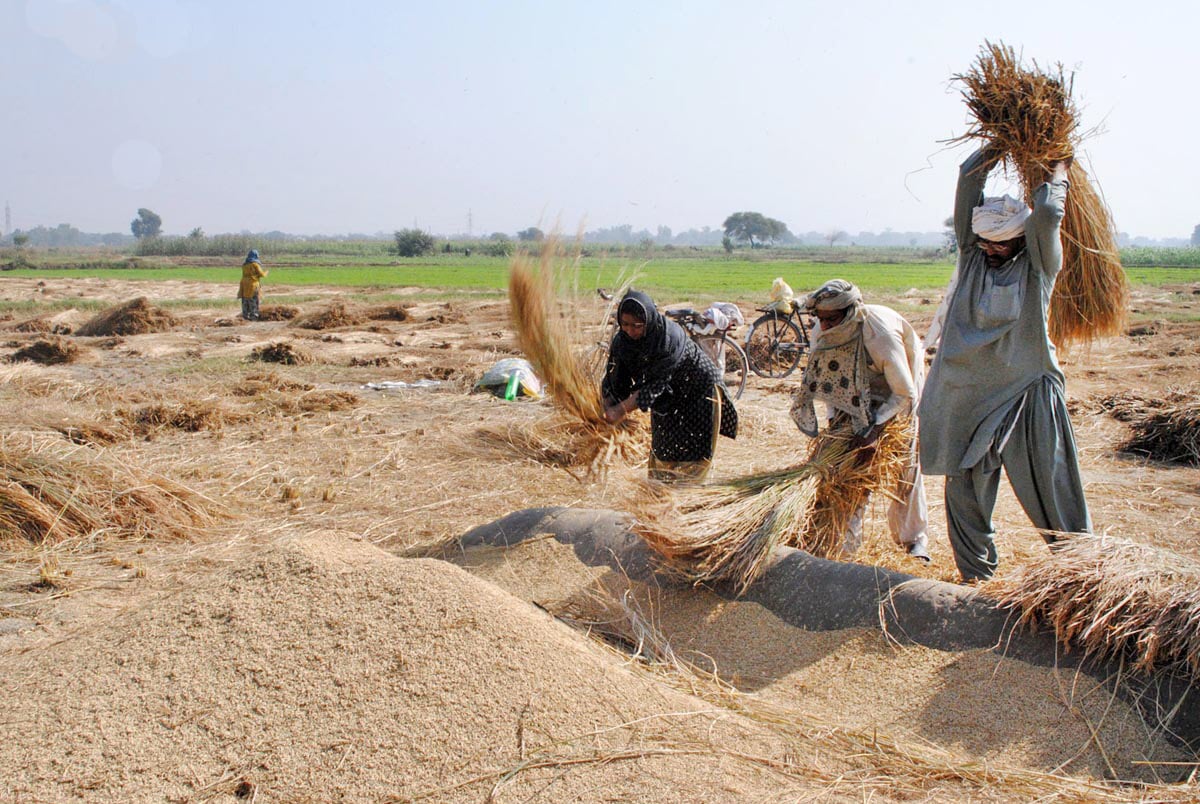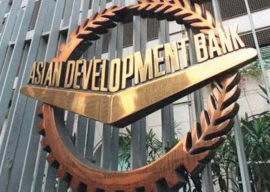
The ongoing year has proved to be one of the worst for rice growers amid lower prices and uncertainty among buyers who are expecting further reduction.
For the last few years, rice has been available at Rs150 to Rs200 per kilogramme. This year though, it will be available in the market at Rs80 to Rs90 per kilogramme, according to market players. Paddy prices this year have plunged 50% compared to last year.

Last year, the price of Basmati paddy of Kainat variety was Rs3,500-Rs4,000 per 40 kg, 86 variety Rs2,600-Rs3,000 and super variety was sold at Rs3,000 to 3,500 per 40 kg. The super variety is now available at Rs1,400 to 1,500.
Exporters are concerned over the situation and say that they are unable to sell last year’s stock that was purchased at a much higher cost.
The two to three year old rice fetches good price and is sold at high rates in international markets. Pakistani exporters have 25 per cent of the last year’s stock that, if sold at current rates, will incur huge losses.

Former Rice Exporters Association of Pakistan (REAP) vice chairman and a well-known exporter Taufiq Ahmad said this year buyers are frightened to buy paddy due to the fluctuating costs, while across the border, India has had a bumper rice crop.
The Basmati rice is being sold in the international market at $1,300 to $1,500 per ton, depending upon the variety. Pakistani rice price was $100 to $200 per ton below the Indian rice.
“Pakistani exporters would have had an edge if price was the same as last year,” he said.
Talking about the non-Basmati rice, he said last year the price of non-basmati rice was $500 to $550 per ton. This year the price would settle around $400 per ton.
“Indian rice has edge over Pakistani rice due to good packing, labelling and the use of latest technology. Our millers and exporters must follow the trend to compete in international market,” said Ahmad.
He said Iran is a big market for Pakistani and Indian rice. The country produces only 25 per cent of its consumption and imports the rest from neighbouring countries.
“Pakistan is the fourth largest exporter of rice in the world and has the potential to increase exports to Iran.”
Recently, a delegation of the Iranian Rice Importers Association visited paddy crop fields in Lahore to ensure quality standards were being met, adding that banking transactions between the two countries must be smooth.
Published in The Express Tribune, December 10th, 2014.
Like Business on Facebook, follow @TribuneBiz on Twitter to stay informed and join in the conversation.


1727278972-0/_Marques-Brownlee-(1)1727278972-0-165x106.webp)














COMMENTS
Comments are moderated and generally will be posted if they are on-topic and not abusive.
For more information, please see our Comments FAQ